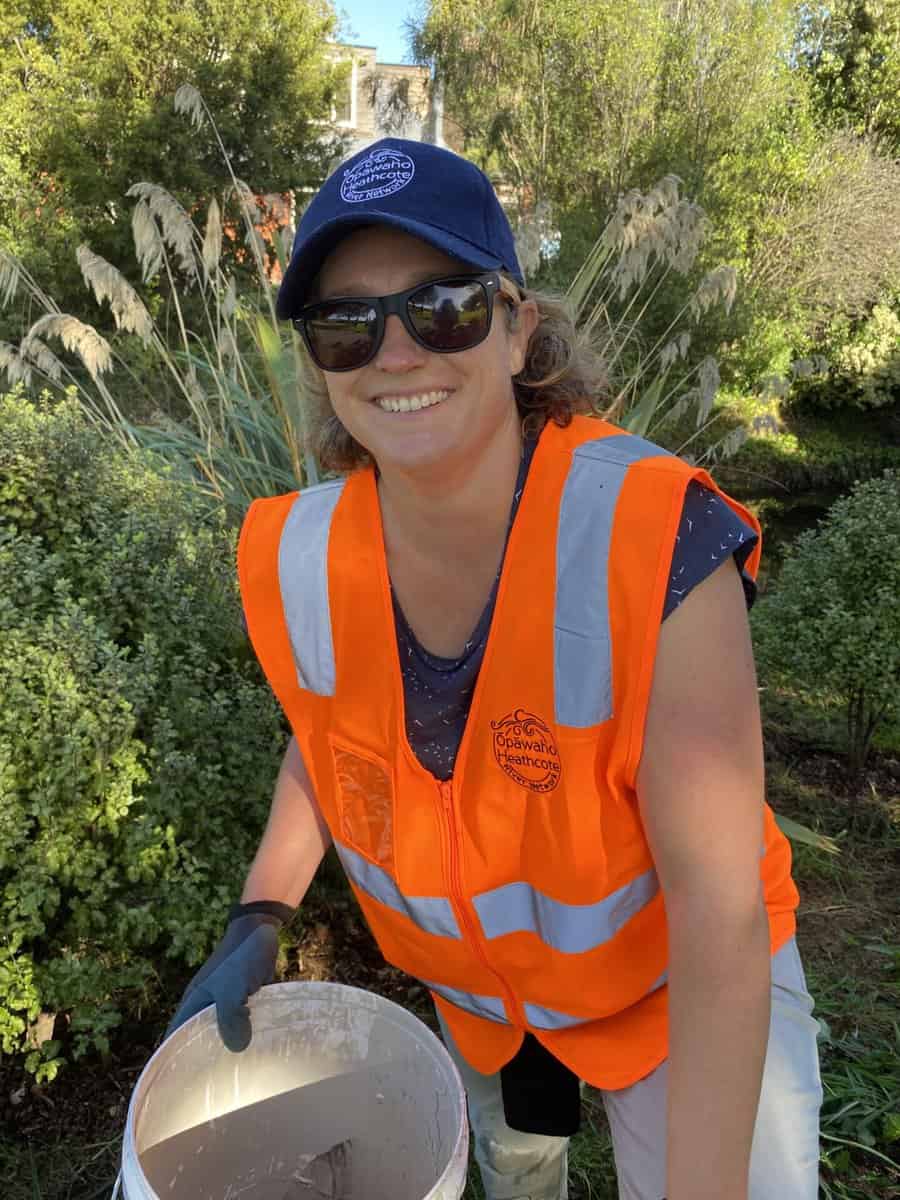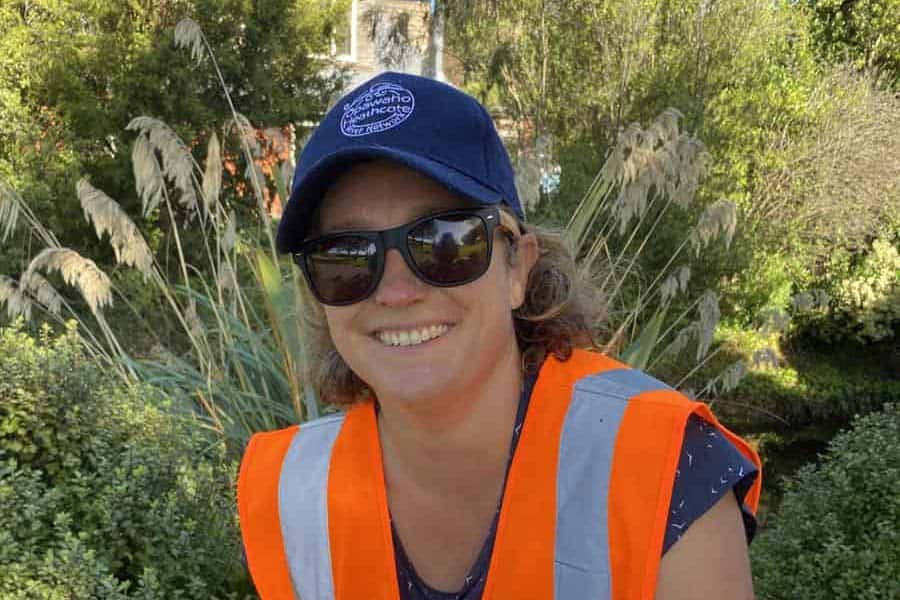
How would you define “collective action” in regards to the restoration and protection of ecosystems in Aotearoa?
Ed: Collective action in this context may be thought of as people coming together to achieve common goals related to the protection or enhancement of the environment.
These people needn’t share the exact same goals, values or methods of working, but they find some common ground such that working together enables them to achieve more or better outcomes than they might in isolation.
There is thus some degree of common ground and shared direction, but also room for diverse goals and ways of working. Some degree of coordination or organisation is probably required for a collective to be effective.
What are the rewards you’ve seen when folks from different wordlviews and experiences join together as collectives?
Miria: People may be able to achieve results that were not possible before. People may see the work they are doing as part of a bigger picture and contributing to a larger vision or set of solutions. People may also come to appreciate different worldviews and ways of understanding the environment, which can open up new options for addressing problems. People may get personal enjoyment and satisfaction out of working with others to tackle a common goal – particularly given the often daunting nature of some of the more systemic problems facing our land, water and ecosystems.
Working alongside others can provide encouragement, pooled resources, shared skills and knowledge, shared intel, and greater access to funding, volunteer numbers, and data. Sometimes a collective might receive greater support and trust from councils and other organisations than smaller individuals or groups working alone.
What are some of the barriers you’ve talked about with other community collectives?

Miria: Barriers to effective collective action may include challenges around the respective roles of different groups and the negotiation of roles and relationships among different groups within collectives.
Sometimes this is about practical issues like communication channels and resourcing, and sometimes it is about diverse goals and priorities and trust-building among groups and individuals.
Some groups are focused at different scales: some tend to take a wider/systems view, whereas others are happy to focus on a particular place or set of outcomes.
Collective endeavours need to make room for both kinds of thinking… Similarly, some people are inclined to think about strategy and policy, while some are focused on hands-on practical action and work. Collective endeavours also need to incorporate both of these.
Navigating the need for resourcing and support, and balancing this with the community/voluntary nature of work can be challenging. There may be differences of opinion within collectives as to how far collective action should be supported and resourced by local government for example, as opposed to independent of authorities and community/volunteer-driven.
Having these discussions and navigating these questions can be tricky. Sometimes no group within a collective has the ability to hold and/or distribute funds which can be difficult.
How is your research programme on the Ōpāwaho River investigating these challenges?
Ed: We are interviewing a wide range of people who are connected with efforts to look after the Ōpāwaho Heathcote River to understand what they think about the role (and potential roles) of a collective of groups in helping to drive outcomes for the river.
We want to understand the diverse ways that people are involved in caring for the river, how and why they have gotten involved and stayed involved, and what their experiences of working collectively have been. We are therefore interested in how collective action has been and might be organised, and what it can deliver in addition to all of the excellent work that numerous groups are doing throughout the catchment.
“We want to understand the diverse ways that people are involved in caring for the river, how and why they have gotten involved and stayed involved, and what their experiences of working collectively have been.”
– Ed Challies
Can you tell us about the benefits of connecting with other community collectives through the Pathways to Ecosystem Regeneration shared learning forum?
Ed: It is very useful for the Ōpāwaho Heathcote River Network (OHRN) to learn about how collectives have been organised and run across the country.
Many community groups and collectives have to feel their way through all of the challenges of developing a sustainable and effective collective effort. While these groups typically draw in a huge range of expertise and experience in their members, they are also voluntary groups and do have limited time and capacity. So, learning from what has worked or not worked elsewhere is valuable.
It is also helpful to know that many of the key challenges faced – e.g. around resourcing, succession, relationships and partnerships with tangata whenua, etc. – are faced by other groups around the country, and it’s helpful to hear how others have got around these barriers.
– Kerry Donovan Brown
